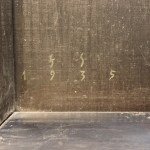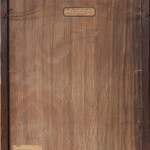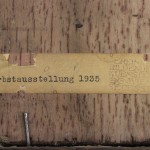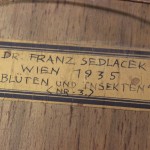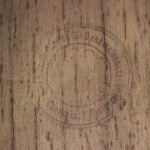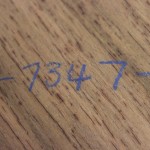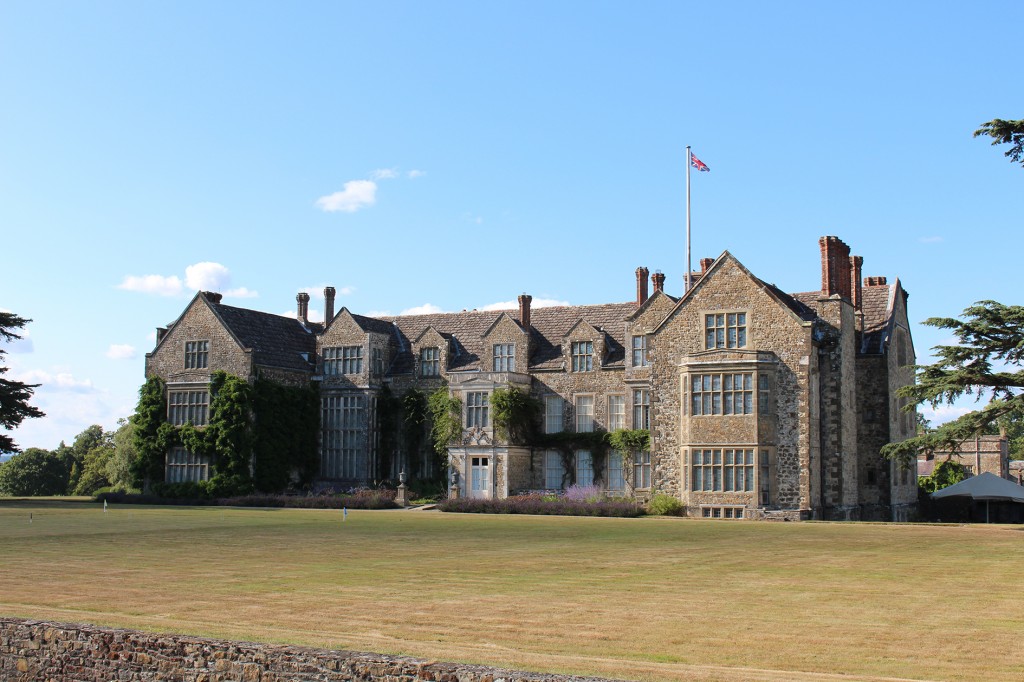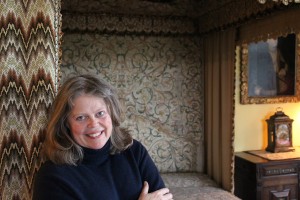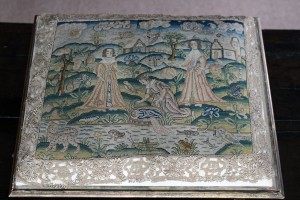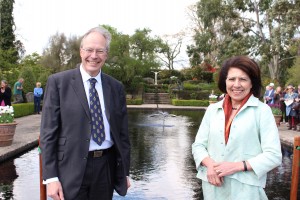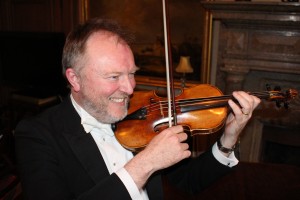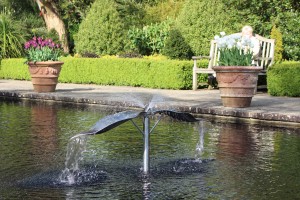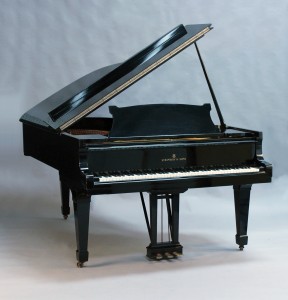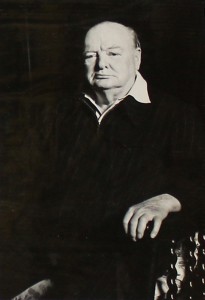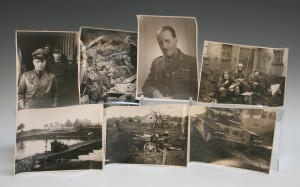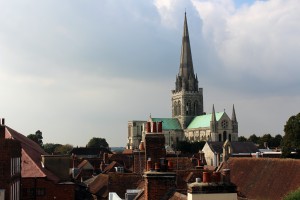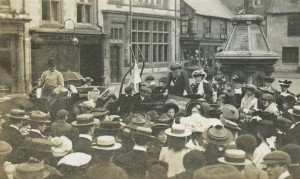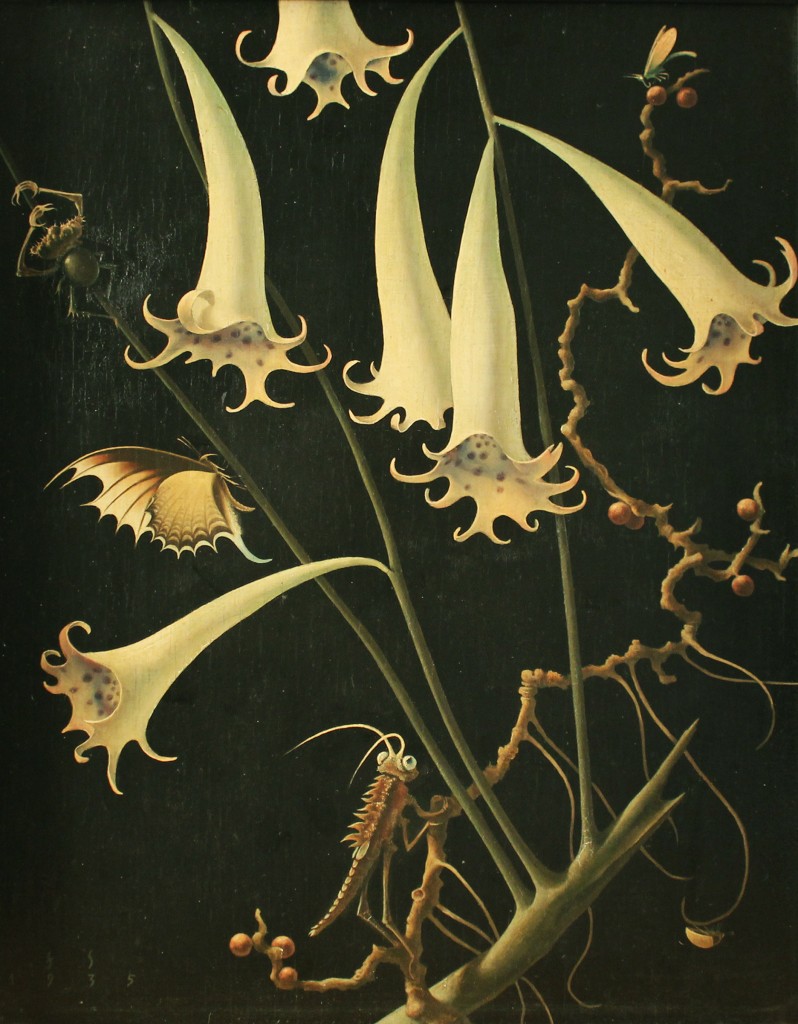
An oil on panel by Franz Sedlacek, one of Austria’s most prominent artists during the 1920s and ’30s, will be offered in Toovey’s sale of Fine Art on the morning of Wednesday 17th June 2015.
Franz Sedlacek was born in Breslau in 1891 and moved with his family to Linz when he was six. He displayed a talent for art from an early age but went on to study architecture, then chemistry in Vienna. He continued to develop his drawing and painting skills, though, and in 1913 co-founded an artists’ association in Linz. His studies were interrupted by a period of service in the First World War, but he returned to complete them and started work at the Technical Museum of Vienna in 1921.
In the subsequent years, Sedlacek began to concentrate on oil painting and in 1927 joined the Vienna Secession, a group of painters, sculptors and architects who had broken away from the Association of Austrian Artists. Formed in 1897, the group’s first president was the notable symbolist painter Gustav Klimt. The Secessionists sought originality in the visual arts, unencumbered by the traditions of academia or influences from the past.
Sedlacek’s style does not fit easily into a category but it is most often classed as belonging to the post-expressionist movement of New Objectivity (Neue Sachlichkeit). A dreamlike and sometimes nightmarish quality prevails in his paintings; strange figures and creatures inhabit unsettling interiors and exteriors. His scenes often suggest a hidden narrative and his compositions always convey a sense of drama.
Sedlacek went on to garner considerable critical acclaim and numerous awards. In 1939, however, he was recalled for military service with the Wehrmacht in the Second World War. After serving in Norway and Russia, he was listed as missing in Poland in 1945.
The work to be offered at Toovey’s is one of a number of works in which Franz Sedlacek explored the theme of fantastical flowers and insects and is titled Blüten und Insekten (Nr. 3) to a paper label on the reverse of the panel. The image area measures approximately 50.5cm high by 40cm wide and is signed with initials and dated 1935 at the bottom left corner. Sedlacek exhibited regularly with the Secessionists and the reverse also bears a label indicating that the painting was shown at the Vienna Secession’s autumn exhibition of the same year. The work will carry a pre-sale estimate of £50,000-80,000.
Provenance: local private ownership by inheritance.
Click on a thumbnail below to see full image
